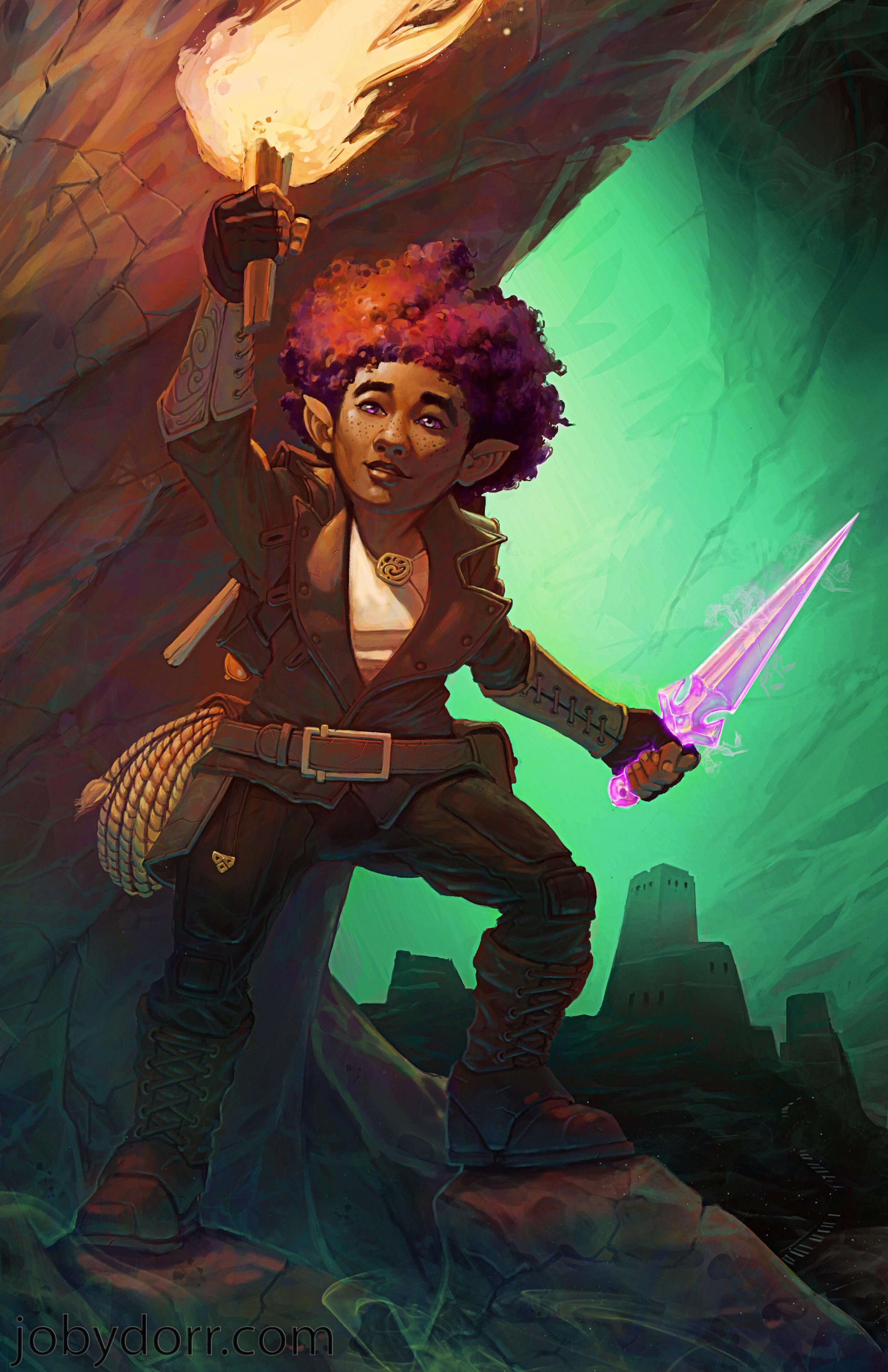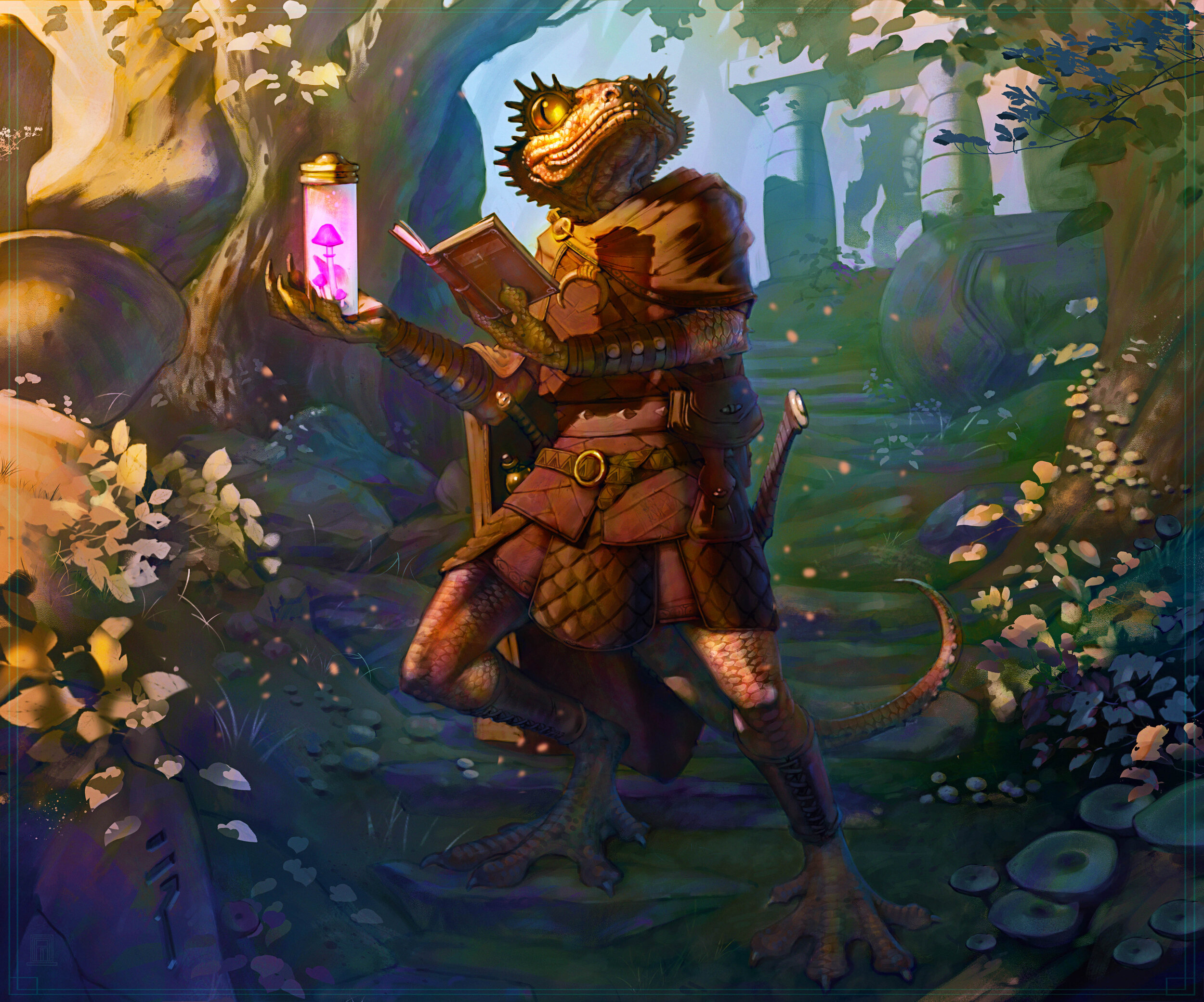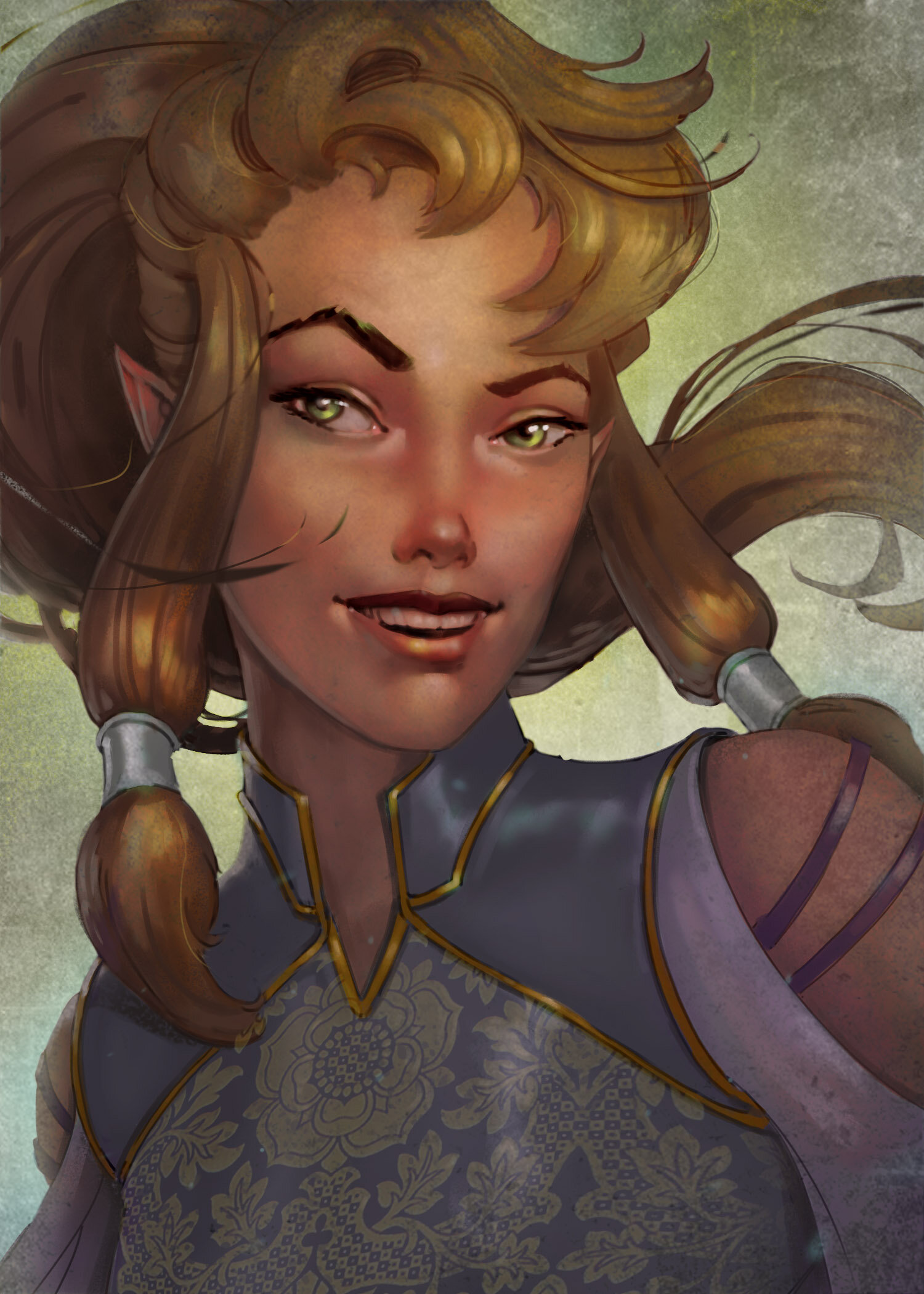Can You Teach Yourself to be an Artist? A Guide to Success
/Art is a great way for individuals of all ages to put their creative skills to test. There are different art forms for individuals with artistic abilities and talent and for those who want to develop these skills. If you want to avoid the costs of hiring formal instructors, you may be wondering if it is possible to be a self-taught artist.
It is possible to be a self-taught artist if the individual has the tenacity to master the necessary techniques. The video tutorials and free online lectures provide a convenient and cost-free way to learn more about a plethora of art forms and techniques at your own pace and schedule.
Self-taught artists can use their skills in a number of different ways. Some may be only interested in mastering the basic skills for recreational purposes. Others may want to learn more advanced techniques as a way of generating additional income. Read on to learn more about how to become a self-taught artist and how to market and sell your art.
Is It Possible to Be a Self-taught Artist?
Individuals who are interested in becoming self-taught artists should know that this is an obtainable goal that can be achieved with patience and determination. Unlike more formal occupations, such as medicine, engineering, and law, you do not have to obtain a formal degree to practice or sell your art.
Many great artists throughout history have been self-taught, in a variety of different art forms and mediums (e.g., painting, sculpture, acting, graphic design, etc.) What they all have in common, however, is a strong dedication to their medium and the willingness to learn from others while charting an independent path.
Your path to becoming a self-taught artist will depend on many factors. If you are trying to understand the basic requirements, then you should examine the following factors:
The choice of the art form or medium
Whether you intend to sell your art or practice solely for individual reasons
The utility of social media and online platforms to promote your art
After learning more about each of these factors, you can determine whether it is possible to become a self-taught artist. Keep reading to learn more about each of these factors.
Where Should a Beginner Artist Start?
A beginner artist with no formal training or experience should start with setting a realistic goal and dedicating time to learning the concepts and techniques on a consistent basis. Individuals who can not dedicate themselves to practicing on a daily or at least weekly basis will most likely not become good at art.
Please click here to read an article I wrote about finding and keeping motivation
It is important to start with the basics.
Individuals should first understand the different art forms and choose the ones they are most passionate about
There are a variety of options to choose from
For example, for those interested in painting, there are many options to choose from: oil, acrylic, chalk pastel, watercolor, etc
Choosing from different art forms and mediums is only the first step. Once you select the art form you are most interested in, the next step is to watch tutorials, read instructional books and guidelines, and perhaps enroll in an online lecture. There are many options to choose from and this is an important initial step to understanding basic techniques.
However, it is important to remember that practice and repetition are the key ingredients to becoming an artist. This applies to both self-taught artists and those with formal education. While watching tutorials and attending online classes teaches you the fundamentals, most of the time should be geared towards practicing the craft.
Should I Go to Art School?
Going to art school is not necessary to become an artist. Degree granting art schools often charge high tuition costs and fees that are primarily tailored towards people who want to obtain degrees. In addition, there may be additional costs (e.g., transportation, lodging) if the school is not near one’s place of residence or employment.
The greatest advantage to art schools is the networking so please understand….
If you do not go to art school it is VITALLY IMPORTANT that you find a community of peers in some form. This may be online via discord groups, Twitch streams, or other social media platforms but please understand: Having a group of like minded peers around you, preferably along with some kind of mentoring is the one thing that will propel you forward faster than anything else
It may be useful to consider taking some classes to focus on learning at least the basic skills. There are many online platforms today that offer cheap or even free art classes where students can master the basic skills. In addition, there are free online tutorials and YouTube videos that offer instructions on a variety of art forms and techniques.
Going to school and obtaining an art degree may only be necessary if your plan is to teach in high school or university or if the type of work you really want to do requires it. Examples would be positions in industries like film-making or game development. But even then, it may not be strictly necessary. In addition, formal education may also be necessary if your goal is to work in art galleries or serve as a formal reviewer for an art magazine. Regardless of whether you go to school or not, it is important to remain self-critical.
Another important benefit of art school is the alumni network and the exposure to art shows, galleries, and art critics. Many art schools hold art shows quite regularly, which are great opportunities to present your work to art critics, galleries, and art collectors. This provides you with tremendous networking opportunities.
Please click here to read an article I wrote about the question of going to art school
What Does Art School Teach You?
While it is not necessary to attend art school in order to become an artist, there are still valuable lessons you can learn by attending. In addition, you will have access to faculty and an alumni network, which is useful for your long-term career. However, it is important to consider the costs, which can be exorbitant and could derail you later in life.
The first benefit of attending art school is that you have access to faculty, equipment, and a structured curriculum.
This provides you with a good foundation of theoretical knowledge about your field that would otherwise be difficult to master on your own
The faculty and teaching assistants are especially helpful in breaking down more complex ideas and techniques
Regardless of the art medium you choose, art schools will teach you technique. While you can most likely gain access to free online materials, classroom work and interaction with your peers will keep you motivated. Working with other students provides an important perspective on your work and there is always opportunity for learning from your peers.
Finally, and perhaps more important, you will have access to experienced art professors. They are usually practicing artists themselves and have a breadth of experience both teaching and practicing art. In addition, they can serve as mentors for your projects and provide you with invaluable feedback, especially for the thesis project.
How Do You Get Good at Art?
The first step is to choose between different art forms or mediums. There are many options to choose from. Your choice will likely depend on your personal preferences and how much money you are willing to spend. Some art forms may require expensive materials. In other cases, you may need a bigger personal space and even a garage or a separate room.
Once you have decided on the specific art form, the next step is to learn the basics. Assuming no previous experience, it would be useful to obtain access to basic books and tutorials that will help you master the essential concepts. There are many useful YouTube art channels that can help, regardless of your level of skill.
In addition, there may be several benefits to enrolling in a free or affordable class. For example, being able to watch others practice a given art form could improve your skills and provide inspiration. In addition, getting feedback from teachers will allow you to understand your weaknesses and improve on them.
Perhaps the most important ingredient to becoming a successful artist is patience, determination, and repetition. This applies not just to art, but any other field. However, repetition and gradual improvement is especially important in art. To produce good art, you need to combine visual skills with a hands-on approach.
How Many Years Does It Take to Become an Artist?
The amount of time it takes to become an artist depends on if you want to pursue a formal degree or pursue an independent path. Attending art school or any structured program will likely take several years and you will have to attend classes and physically relocate to campus location. This is not required if you are a self-taught artist.
There are many different art degrees available, and some take longer to complete.
For example, certificate and associate programs are tailored towards beginners with little to no experience and can take up to two years to complete
They will teach you the fundamentals of your discipline and have very few outside requirements
Bachelor’s degrees typically take four years to complete and are significantly more rigorous in the requirement compared to certificate and associate programs. If completed successfully, you will most likely receive either a Bachelor of Fine Arts or a Bachelor of Arts degree. In addition, you will likely have to complete outside course requirements.
For self-taught artists, the amount of time required to master a specific medium depends to a large degree on your commitment. Several months of learning will most likely be enough to master the fundamentals, especially because you do not have to focus on outside course requirements. To become truly proficient, you will most likely need 2-3 years of practice.
Is It Hard to Become an Artist?
Just like any other field, art requires dedication and patience. Without putting in a substantial amount of time, you will not become a successful artist. Another important consideration is whether you plan to actually sell your art and run it like a business or if you are only doing it for your own pleasure.
It usually takes several months to learn the basics and start producing meaningful art. If you are a self-taught artist, it likely means that you have a job, which means you cannot devote as much time to practice. This will reduce the hours you have to practice in a given day, which in turn means that you will need to devote more months to the endeavor.
Another important consideration is the art form you choose. Put simply, some may require more time than others. For example, if you choose painting, some consider abstract art to be challenging because it lacks clear rules and definitions. Others argue that realism is more difficult because it requires precision and incredible attention to detail.
Whatever art form you choose, with the right mindset and dedication, it is possible to become an artist. However, before you choose an art form, it is important to have a good understanding of different art mediums. Ideally, you should explore different options and choose the one you feel most comfortable with or most passionate about.
Can You Make Money As an Artist?
Once you decide on the art form or medium, you may wonder if it is possible to make sufficient income as an artist. To a large extent, this depends on your individual circumstance. Very few artists are able to make art that generates millions of dollars in sales. Most artists make significantly less.
There are several different ways to generate income as an artist.
The most obvious one is to sell your art, either directly or through art galleries
If you do the latter, be prepared to give up as much as 70% of the sales price to the gallery
This is not necessarily bad because you would most likely not make the sale without the help of the gallery
If you choose to sell your art online or directly to consumers, you are essentially starting your own business. As a result, it is important to first understand the basics of running a business. There are several online courses you can take for cheap that will teach you the essentials and will help you with determining your pricing so as to make profit.
Another option is to utilize the power of social media and focus on selling your art wholesale. There are many different ways to do this, including printing your art on products that are sold to the general public (e.g., mugs, shirts, etc.) However, this is often frowned upon by the art community in general because it undermines the uniqueness of your art.
Can a Self-taught Artist Be Successful?
A self-taught artist can absolutely be successful. Indeed, some of the greatest artists throughout history have been self-taught. They include Vincent van Gogh, Paul Gauguin, Frida Kahlo, and Charles Marion Russell. If your goal is to sell your art work or provide personal instruction to others, then a formal art education may not be necessary.
Getting a formal education in art may even be counterproductive in some cases. Self-taught artists are often less rigid in their approach, unencumbered by formal education and techniques. As a result, they produce art that is more creative, authentic, and unconventional, characteristics valued by art galleries and individual collectors.
Indeed, self-taught artists have sold their works for hundreds of thousands of dollars at art fairs. If your goal is to sell your artwork at commercial venues, there are certainly options. While art education may introduce you to gallery owners and art critics, impressive sales records and participation at art fairs are in some cases even more important.
However, the odds are still stacked against self-taught artists. According to some estimates, only about 12% of the 500 most financially successful artists in the United States have been self-taught. Almost 90% of the remaining artists have obtained either bachelor or masters degrees from art schools, usually the prestigious ones.
Different Ways to Promote Your Art
Once you have mastered a specific art form, and if you are interested in making art for commercial purposes, it is important to understand how to promote it for sale. Fortunately, the internet and social media provide a vast array of opportunities to take your art to the marketplace and sell it to art collectors or other interested individuals.
The first step is to build an online portfolio to present your art.
The most effective way to do this is to create a website
Buying a domain is relatively inexpensive and you could build your own website from scratch
Alternatively, you could hire a professional web designer and consult with him to choose among different options
Another option is to attend art exhibitions and fairs. This is a great opportunity to meet art collectors, gallery owners, art critics, and other professionals who have dedicated their lives to producing, purchasing, and curating art. The contacts you make here can be incredibly useful in building your network of contacts and promoting your name.
Social media is arguably one of the most powerful tools to get your art out. Setting up a business page on Facebook, Instagram, Twitter, and other social media sites will bring your art directly to potential consumers. In addition, these sites give you access to analytics tools and allow you to advertise to a specific age or income group.
Conclusion
There are several things to consider before embarking on a path to become self-taught artists. First, how much time can you commit to learning? If you have a full-time job or family responsibilities, you will not be able to devote as many hours as a full-time student.
Second, are you willing to take any classes or enroll in programs? While being a self-taught artist by definition means that you are not pursuing a formal degree, there are still affordable online courses and instructions.
Finally, do you want to practice art for your own individual purpose or as a commercial endeavor? If the latter, it is essential that you have an understanding of different ways to market and sell your art. In addition, it would be useful to take some cheap online classes that will teach you basic business principles. These will help you in pricing your art to turn profit.

































